
Fashion has no more rules. That’s the point
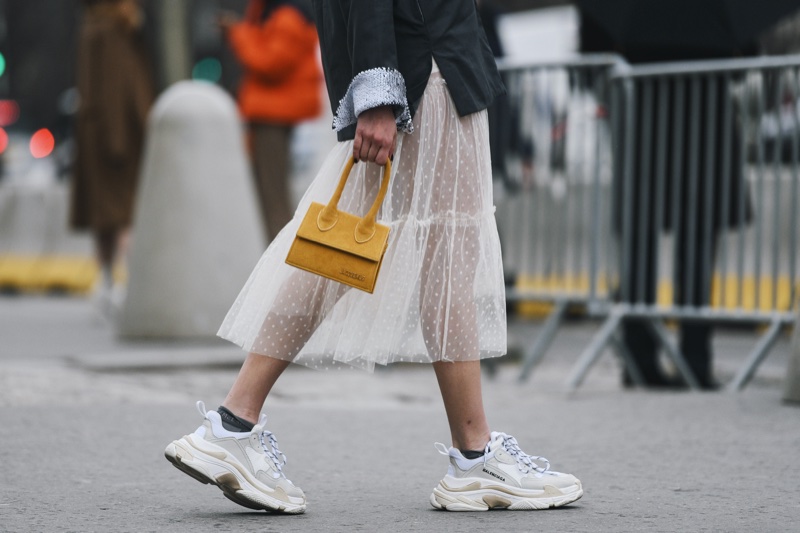
Once upon a time, fashion came with a long list of do’s and nots. Don’t wear white after Labor Day, mix prints, pair gold and silver jewels, or leave lounge clothes at home.
These so-called rules determined what people were wearing and how they were perceived, and shaped the generation of style. But today, that rulebook collects dust. Beyond the runways, city streets, and social feeds, it’s clear. Fashion has entered a new era. It is that individuality negates tradition, and style is less appropriate than conspicuous.
From recycled mashups to brunches in genderless silhouettes and pajama set styles, modern wardrobes are a rebellion against customs. This change is cultural and transcends aesthetics.
Social media, changing gender norms, and a widening focus on credibility has demolished the old hierarchy of taste. In their place? A chaotic, creative, deep and personal style landscape.
The rise and fall of fashion rules
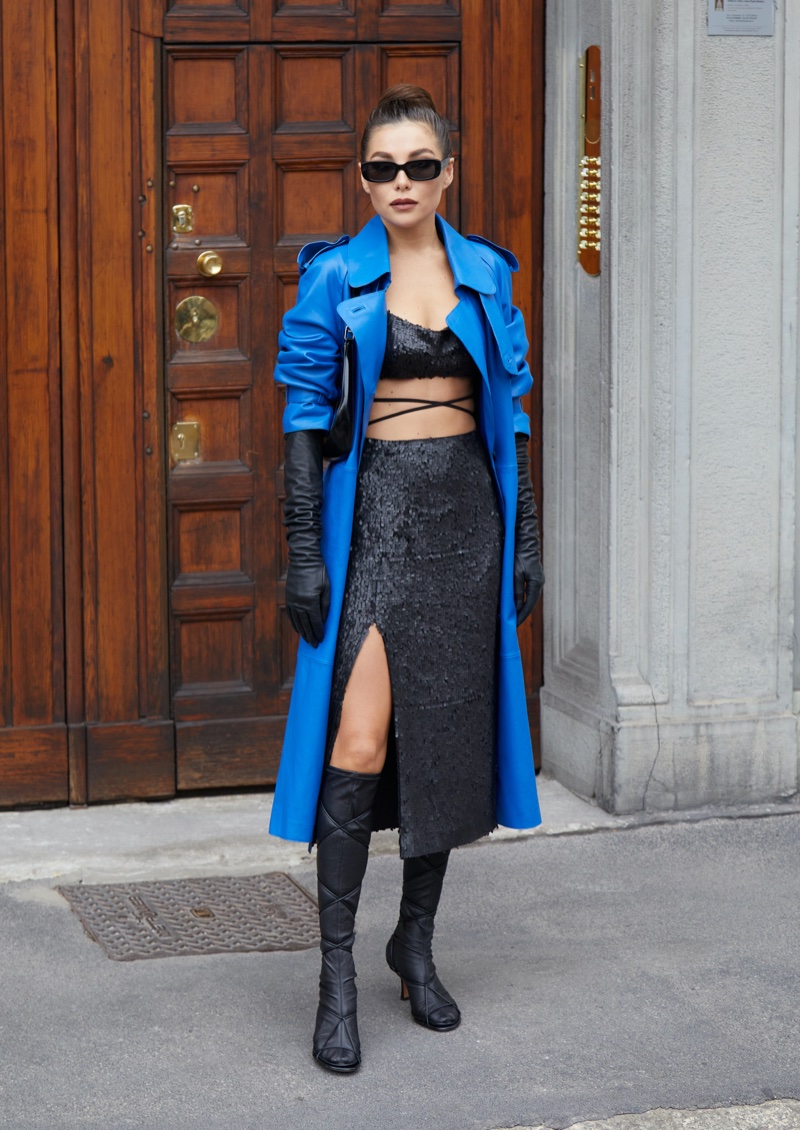
Fashion once flourished through instruction. They weren’t spoken to, and the rules formed the backbone of “good taste.” The hemline rose and fell on schedule, black was for funerals, white was for summer, and mixing the print was considered a beginner’s mistake.
These go beyond aesthetic guidelines. They were social codes, inherited like etiquette, and enforced like class markers. However, rules age faster than style. What once felt like a structure now feels like a constraint.
In a fractured, fluid world, an old commandment about what to wear, when and how to lose authority in fashion. Today, those once right lines are blurred under the weight of change.
The identity is not so fixed. The trend linearity is lower. And what we wear is no longer a channel fit, it stomps on autonomy. Not because the rules no longer exist, but because they no longer retain their power.
The decline in fashion rules is release. It is a quiet dropout of an outdated framework to create space for the more personal, and the infinite and more interesting.
Know the rules to break them
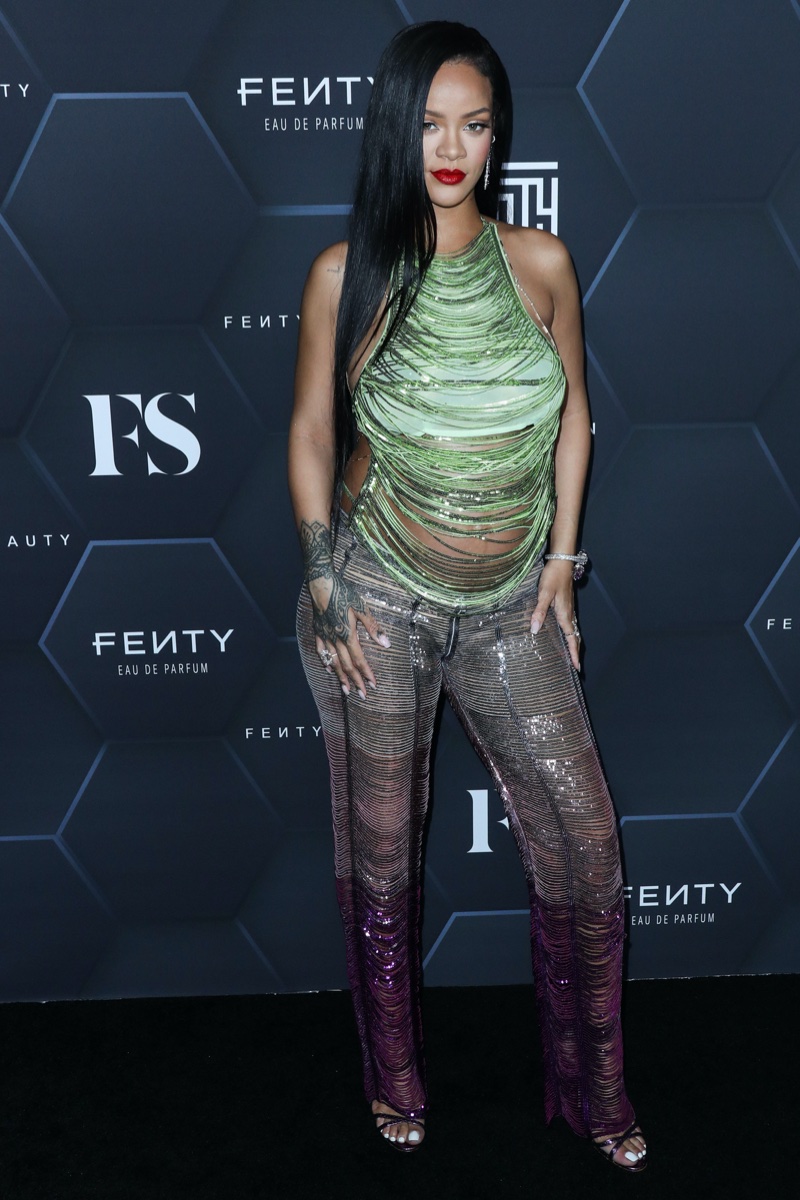
The rulebook may no longer be shaking, but that doesn’t mean it didn’t serve its purpose. You need to turn fashion into something personal and expressive and first understand its structure.
Notions such as proportion, balance, and silhouette form the underlying styling grammar. They hone your creativity.
Some of the most provocative figures in fashion history did not ignore these foundations. They studied them in great detail. Rihanna understands how clothing works and rethinks it by intentionally shifting its framework.
Rather than dismissing it, Alexander McQueen explored traditions to unleash and reconstruct it. Their work resonates because it is rooted in mastery.
Breaking the rules in this context is less about rebellion and more about depth. The controls have intention. Like when the hoodies worn in ball gowns and the tuxedo still looked at women, it still made headlines.
These choices are successful because they reject fashion logic and respond with flow and insight.
The power that drives the shift
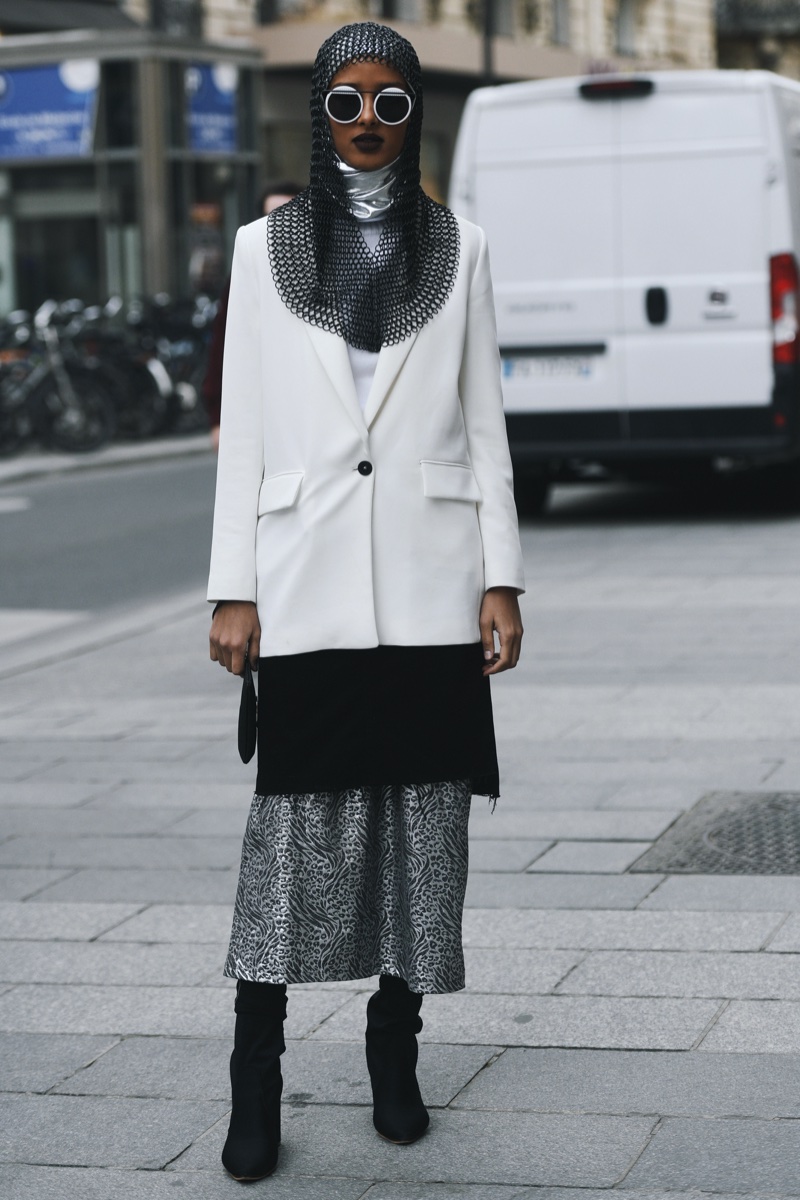
Drifting from fashion rules is a response to the current climate. Social media has changed style from curated by editors to living in real time. Platforms like Tiktok and Instagram are turning personal closets into a global stage.
One viral video can launch microtrends, challenge traditional beauty standards, and shift tones throughout the season. It shows a new kind of impact when Emma Chamberlain wears about vintage rif with a gorgeous label, or niche aesthetics like the “brokecore” trends for weeks. It’s driven from the bottom up.
This change also reflects a broader cultural movement towards fluidity. Gender clothing categories are blurred and traditional silhouettes have been reinterpreted. Designers like Harris Reed and brands like Collina Strada respond to a generation that values identity over definition.
At the same time, growing awareness of the environmental impact of fashion has made indirect, DIY and upcycled looks more empathetic, but also more ambitious.
What will replace the rules?
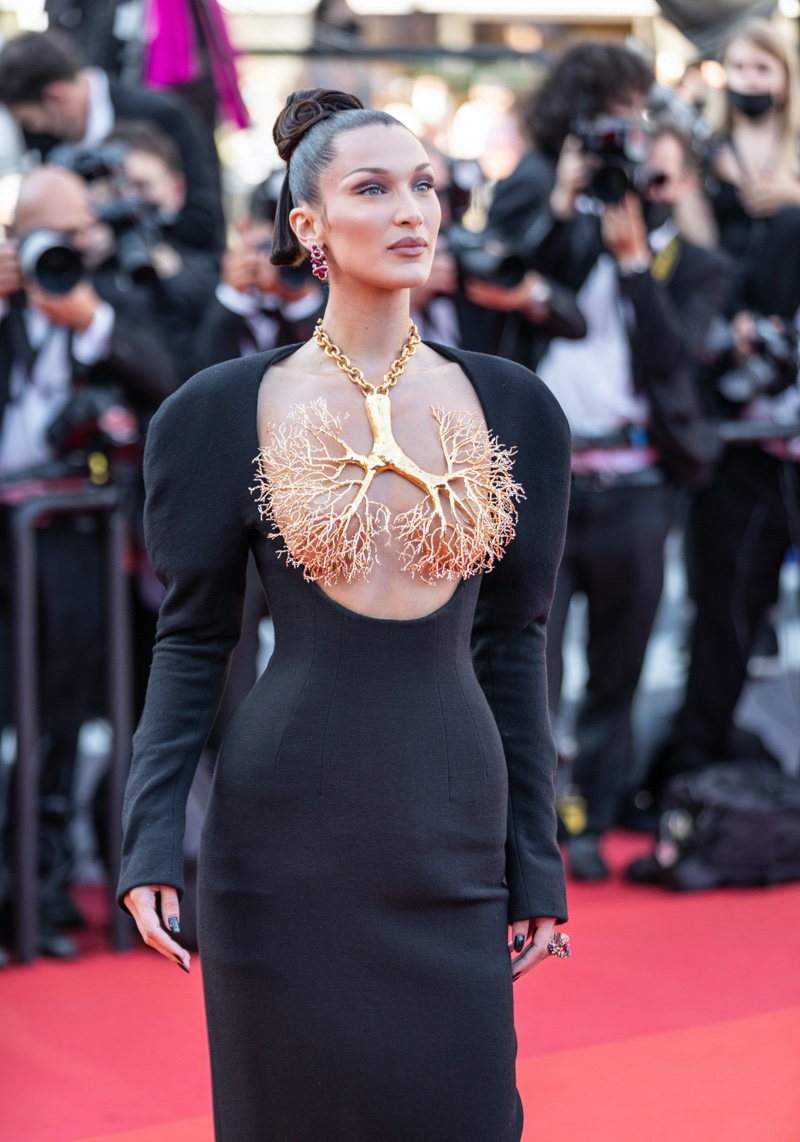
As the authorities resolve and experiments rise, it is a new kind of order that fills the space once held by rules. Today’s style is not guided by consensus, nor by personal stories. The question is no longer “Is this fashionable?” But “Does this feel like me?” That shift has rewritten the terminology of taste to make it sound subtle.
Instead of season-based trends, we see an aesthetic ecosystem. Some may build their appearance around the archive’s Helmut Lang. Another is around the Indie Threes of the Tumblr era, and the other is eye-catching at flea markets.
From the structured world of old-fashioned “quiet luxury” to the playful maximalism of stars like Bella Hadid and Doja Cat, fashion is increasingly about building the world and curating your own visual language entirely.
This is the alternative to rulebooks, autonomy. Instead of following trends, match your mood.
New Guidance Principles (if any)
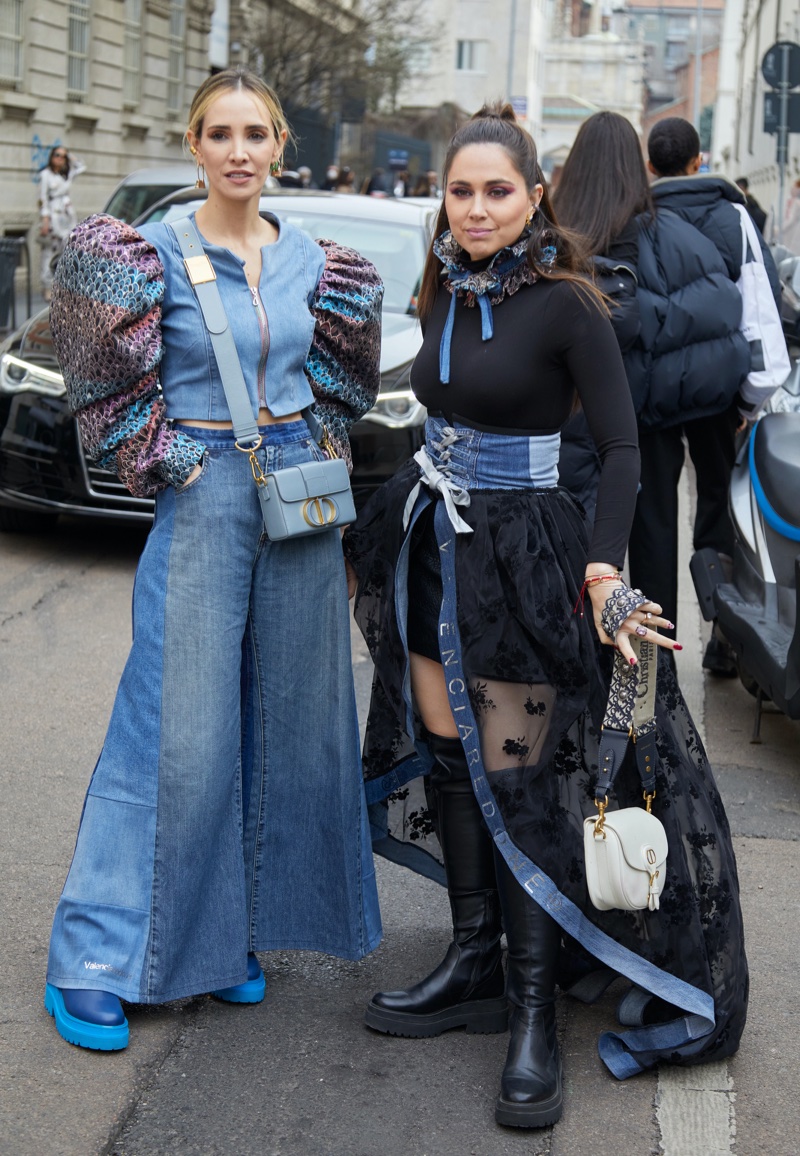
If fashion stops working by rules, what does it work? The answer is not a very new code, as it is the center of the shift in the centre of gravity. Instead of universal standards, we now navigate styles through intuition, context, and self-definition.
The most resonant appearance is based on intent. Trust has become an important currency. It doesn’t mean being bold at all times, but by dressing in a way that matches how you see yourself and how you want to see.
Authenticity takes precedence over convention. That could mean combining clocks and couture, or wearing second-hand clothes for events lined with designer labels. Creativity has also become more democratic.
It’s not just people who have access to runways and mood boards. Platforms like Pinterest and Tiktok have made styling a participatory act.
Critics and Challenges
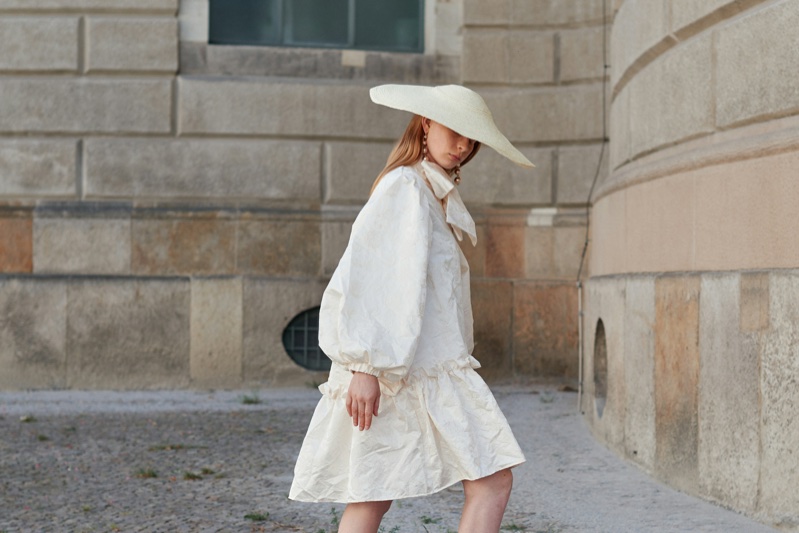
Of course, the lean fashion landscape won’t let you get free from tension. In theory, anyone can wear anything. In reality, freedom is not distributed equally. Some are praised for their bold self-expression, while others, especially from marginalized communities, face the same scrutiny and backlash of choices.
The runway may celebrate chaos, but the outside world doesn’t always follow that. There is also an access issue. Certain aesthetics are celebrated in this new era. Words like eclectic, vintage, sarcasm often depend on time, money, or cultural flow.
“Easy” style, ironically, can require deep fashion literacy. What appears to be spontaneous can be the result of careful curation, or even the influence of algorithms.
And there’s a budget. In a culture of remix-driven style, the line between homage and theft is thinner. When cultural references become trending cycles, they can even dilute and erase the original meaning.
Fashion does not follow fixed rules, but it operates within power structures. Dressing freely in this moment means being aware of who can do it and why.






